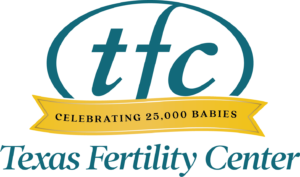
You’re not alone if you’re wondering if you should have a fresh or frozen embryo transfer
 If you’re like most patients, you probably have a lot of questions about in vitro fertilization (IVF). One of the most common questions that hopeful parents have is whether they should have a fresh or frozen embryo transfer. As a result, Erika Munch MD is here to provide the information you need to make this decision.
If you’re like most patients, you probably have a lot of questions about in vitro fertilization (IVF). One of the most common questions that hopeful parents have is whether they should have a fresh or frozen embryo transfer. As a result, Erika Munch MD is here to provide the information you need to make this decision.
Explore the differences between these types of IVF transfers
Whether you have a fresh or a frozen embryo transfer, you’ll go through the same basic steps to start your IVF cycle. You’ll first take injectable fertility medications to encourage your ovaries to produce multiple eggs. Once your eggs are mature, you’ll have an egg retrieval with our San Antonio infertility doctor.
An embryologist will then fertilize the retrieved eggs with sperm from your partner or your sperm donor. The fertilized eggs will then develop into embryos under the supervision of the embryologists.
The next major step is the embryo transfer. What you can expect will vary depending on whether you are having a fresh or frozen embryo transfer.
- During a fresh transfer, Dr. Munch will transfer one or more embryos to your uterus or the uterus of your surrogate on Day 5 of the embryo’s development.
- With a frozen transfer, the embryologists will use vitrification to flash-freeze the embryos. Dr. Munch will perform the embryo transfer procedure at a later date.
With a frozen embryo transfer, and sometimes a fresh transfer, you will need to take hormonal medication to prepare your uterine lining (endometrium). The goal is to ensure your uterus will be receptive to the embryo that Dr. Munch transfers.
How to decide whether to have a fresh or frozen embryo transfer
Our San Antonio infertility doctor can help you decide which transfer is best for you. However, Dr. Munch typically recommends frozen transfers for several reasons.
- Many patients have better success rates with frozen embryo transfers, as the ovarian stimulation hormones have time to wear off.
- Frozen transfer gives you enough time to have preimplantation genetic testing (PGT) on your IVF embryos.
- This type of transfer reduces the risk of experiencing ovarian hyperstimulation syndrome (OHSS).
If you still have questions about IVF and embryo transfer protocols, our team is here to answer them. Contact us to schedule an appointment and learn more about your family-building options.


